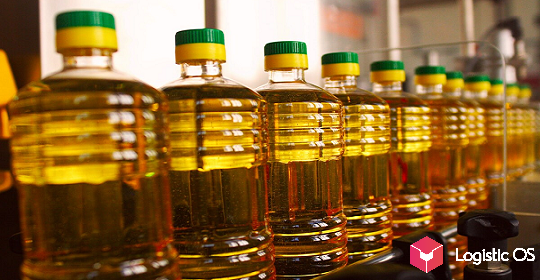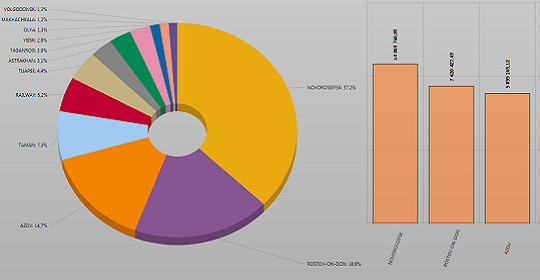Both sales and production of cars almost halved in the second quarter of 2022.
In general, for the first half of 2022, taking into account foreign equipment in Russia, they could decrease by 40%. Sales of imported equipment in quantitative terms decreased by 50%.
The production of grain harvesters and forage harvesters fell by 37% and 27.3% respectively (2.4 thousand units and 152 units).
The fall is temporary, which is associated with the refusal of some foreign companies to supply components.
The most critical situation developed in March-May, when companies were reorganized into Russian and Belarusian manufacturers and suppliers from «friendly» countries.
Currently, the pace of production is being restored, new supply chains are being worked out, and by the end of the year, a full recovery in the pace of production is expected.
At the same time, the production of tractors showed a slight positive trend: 0.7% (about 2.9 thousand units).
But plows were produced by 13.8% more (almost 2 thousand units), the production of sprayers increased by 28.2% (1.3 thousand units), seeders by 6.1% (3.8 thousand units).
Sales of domestic vehicles abroad in the first half of 2022 decreased by 2.3%.
Most of all, the purchase of Russian agricultural machinery was reduced by Germany. Deliveries to Lithuania and Kyrgyzstan also decreased.
The drop in Russian exports to Bulgaria, Poland and Kazakhstan amounted to 13-17%.
Least of all, foreign companies began to buy grain and forage harvesters, as well as power-packed tractors.
According to experts, the current exchange rate of the ruble makes Russian products not so attractive to foreign buyers.
In general, at the end of the year, a decrease in exports of Russian agricultural machinery is expected at a level of 10%.

It is expected that the domestic market for agricultural machinery, while maintaining current conditions, will also decline.
The rise in the cost of equipment (high cost of loans and changes in supply chains) and the decrease in the purchasing power of farmers also affect.
Agricultural companies have already begun to leave part of the equipment “for spare parts”.
The situation can be corrected by an increase in the scale of state support, which will reduce the cost of equipment — these are soft loans and leasing.
Serious support can be provided by the expansion of funding for the 1432 program, under which agrarians are subsidized with a discount on agricultural machinery.
At the same time, analysts note that there is demand for agricultural machinery from farmers, although prices for agricultural products are not the highest.

